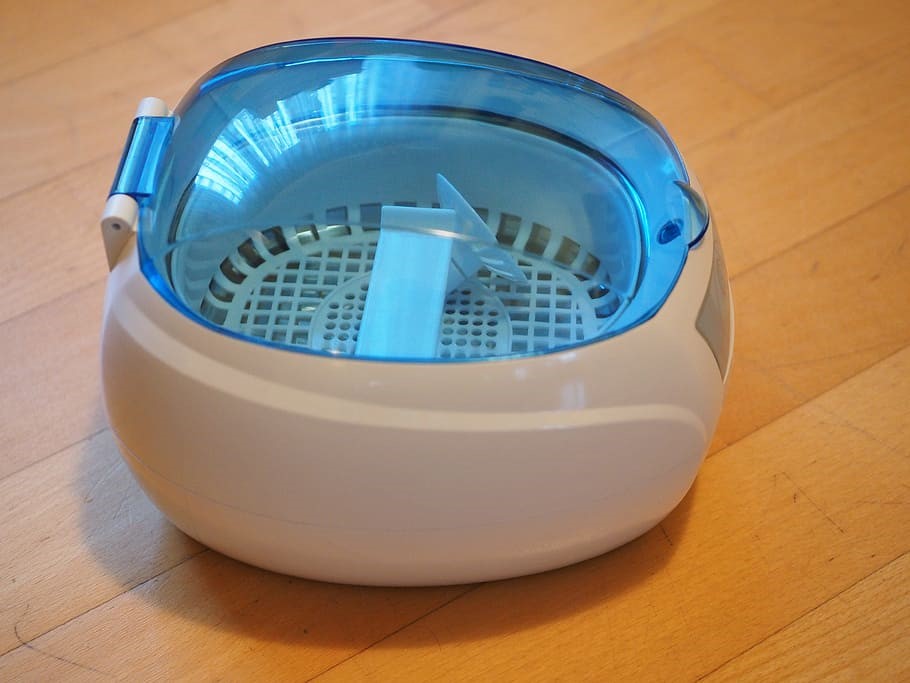Most people associate ultrasonic technology more with toothbrushes than cleaning baths, but the use of ultrasonics in cleaning is more widespread than you might initially think.

How ultrasonics work
Ultrasonic cleaners are efficient and effective using water. Solvents can be used to enhance performance if necessary. The cleaning baths use ultrasonic waves to clean at a microscopic level, removing 99 per cent of bacteria. A transducer generates ultrasonic frequencies by converting electrical to ultrasonic energy. This, in turn, generates bubbles that collapse at an extremely fast rate. The gentle impact of the bubbles allows the removal of dirt and germs from the object being cleaned without damage, making it suitable for a wide range of applications. More details on the process can be seen at Science Direct by visiting.
A range of frequencies
With such an effective technique, there is a need to vary the frequencies used to suit different objects and materials that are being cleaned. If the item to be cleaned requires a large ultrasonic cleaner and is less fragile, lower frequencies that produce bigger bubbles can be used. Naturally, if the object to be cleaned is delicate, higher-frequency, smaller bubbles are more suited to gently clean them. If a range of objects are to be cleaned, the best choice is a dual-frequency cleaner.

Image Credit
Different sized machines
Small portable systems perfect for clothes, jewellery and contact lenses can be used in a home, shop or office setting. In marked contrast, a large ultrasonic cleaner is more suited to industrial-scale applications. These machines are used for production cleaning and can operate at ranges of 50 to 100 watts per gallon of water. The power of the machines also relates to the speed of cleaning. As the technology evolves, the technique is becoming increasingly popular due its the multipurpose nature and simple operation.
How the machines are made
Typically, the machines are made from a stainless steel or aluminium tank that holds the water or water with solvent. If no tank is present, a simple sink or bowl can be used to hold the item to be cleaned. Depending on the size and requirements of the machine, their make-up and requirements will vary. All machines have a simple on/off switch and piezoceramic transducers, and some also have time and temperature controls.

